Description
Lucerne grass for sale cattle feeding: Learn the benefits of lucerne for cattle, including improved nutrition, weight gain, and milk production. Order here.
Lucerne grass for sale
Lucerne: A Nutritional Powerhouse for Cattle Feeding
Lucerne, also known as alfalfa, has long been recognized as a valuable forage crop for livestock, and its benefits for cattle feeding are particularly noteworthy. This perennial legume boasts a rich nutritional profile, high productivity, and adaptability, making it a key ingredient in sustainable and efficient cattle farming systems.
Why Lucerne is a Great Choice for Cattle:
- High Protein Content: Lucerne is renowned for its exceptional protein content, typically ranging from 15-22% dry matter. This makes it an excellent source of essential amino acids, crucial for muscle growth, milk production, and overall animal health. Supplementing cattle diets with lucerne can significantly reduce the need for expensive protein concentrates.
- Digestibility and Palatability: Lucerne is highly digestible, meaning cattle can efficiently extract nutrients from it. It’s also generally palatable, readily consumed by cattle, particularly when harvested at the appropriate stage of maturity.
- Rich in Vitamins and Minerals: Lucerne is packed with essential vitamins and minerals, including calcium, phosphorus, potassium, magnesium, and vitamins A, D, E, and K. These nutrients play vital roles in bone development, immune function, and reproductive health, contributing to healthier and more productive herds.
- High Yield Potential: Lucerne is a highly productive crop, capable of producing substantial yields of forage per acre, especially under favorable growing conditions. This makes it a cost-effective option for farmers, maximizing land utilization and reducing reliance on purchased feeds.
- Improved Soil Health: As a legume, lucerne possesses the unique ability to fix nitrogen from the atmosphere, enriching the soil and reducing the need for synthetic nitrogen fertilizers. This contributes to sustainable farming practices and minimizes environmental impact.
Incorporating Lucerne into Cattle Diets:
Lucerne can be incorporated into cattle diets in several forms:
- Hay: Lucerne hay is the most common form in which it’s fed to cattle. It’s crucial to harvest lucerne at the correct stage of maturity (pre-bloom to early bloom) to maximize nutrient content and palatability. Properly cured hay should be green in color, leafy, and free from mold.
- Silage: Lucerne silage is another effective way to preserve and feed lucerne. Silage fermentation helps to retain nutrients and improve digestibility.
- Pasture: Lucerne can be directly grazed by cattle, providing a nutritious and palatable forage source. Rotational grazing is recommended to prevent overgrazing and allow for regrowth.
- Pellets and Cubes: Lucerne can be processed into pellets or cubes, which are convenient for handling, storage, and feeding. These forms are particularly useful for supplementing specific nutrient requirements or for feeding in automated feeding systems.
Considerations for Feeding Lucerne to Cattle:
- Bloat: Lucerne can sometimes cause bloat in cattle, particularly when grazed on lush pastures. Implementing bloat prevention strategies, such as providing access to dry hay or using bloat-reducing supplements, is crucial.
- Maturity Stage: Harvesting or grazing lucerne at the optimal stage of maturity is essential for maximizing nutrient content and digestibility.
- Anti-nutritional Factors: Lucerne contains some anti-nutritional factors, such as saponins, but these are generally not a significant concern for cattle when fed in appropriate amounts.
- Weed Control: Effective weed control is necessary to ensure a productive and high-quality lucerne stand.
Conclusion:
Lucerne is a valuable and versatile forage crop that offers numerous benefits for cattle feeding. Its high protein content, digestibility, rich vitamin and mineral profile, and high yield potential make it a key ingredient in sustainable and efficient cattle farming systems. By understanding the proper management practices and incorporating lucerne effectively into cattle diets, farmers can improve animal health, productivity, and profitability while also contributing to a more sustainable agricultural future.

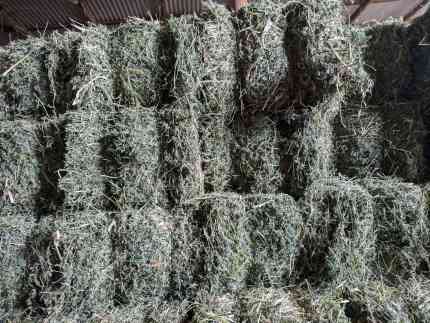
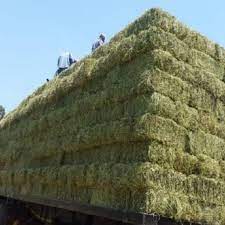

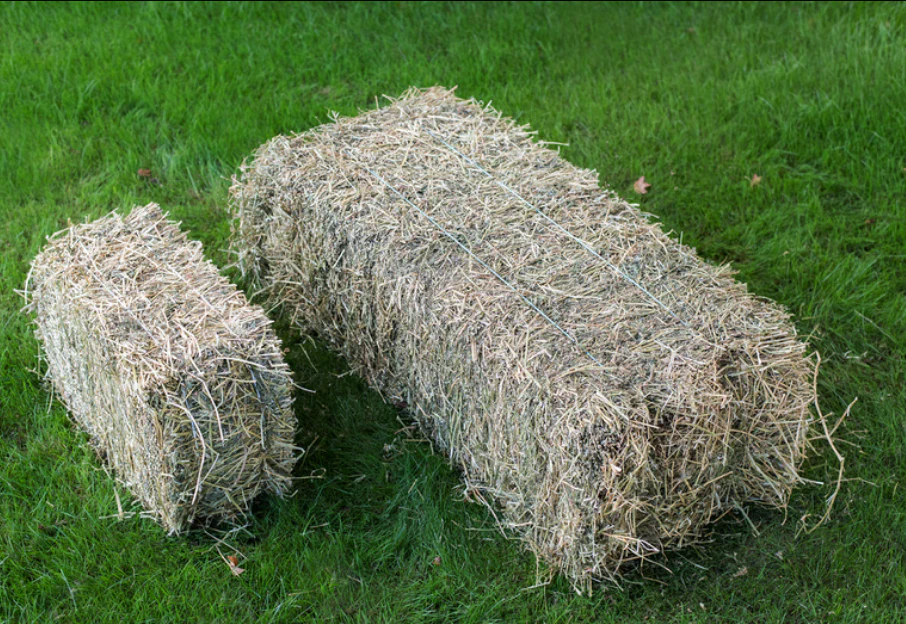

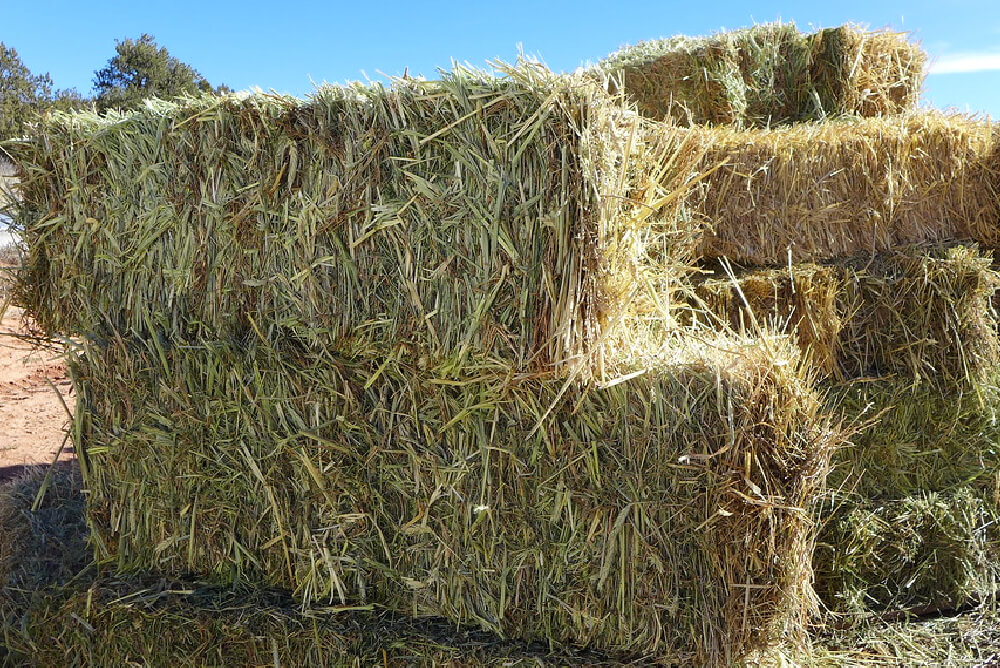

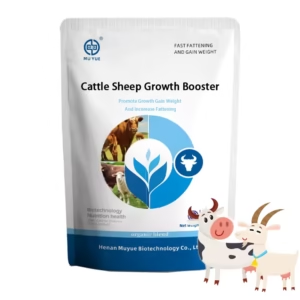





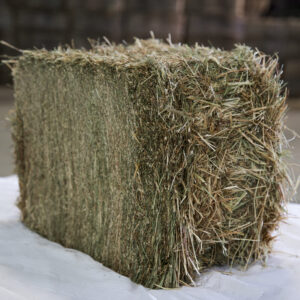
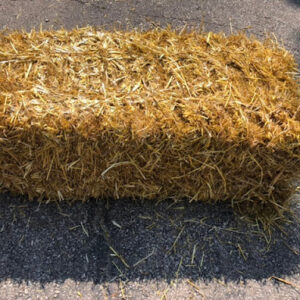
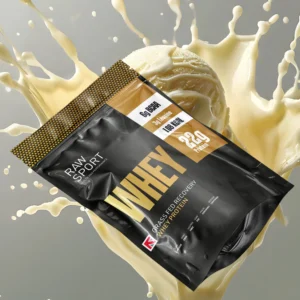
Reviews
There are no reviews yet.